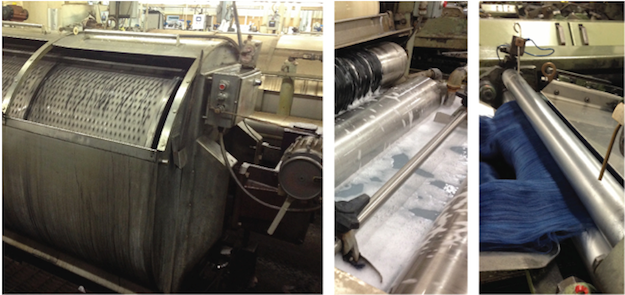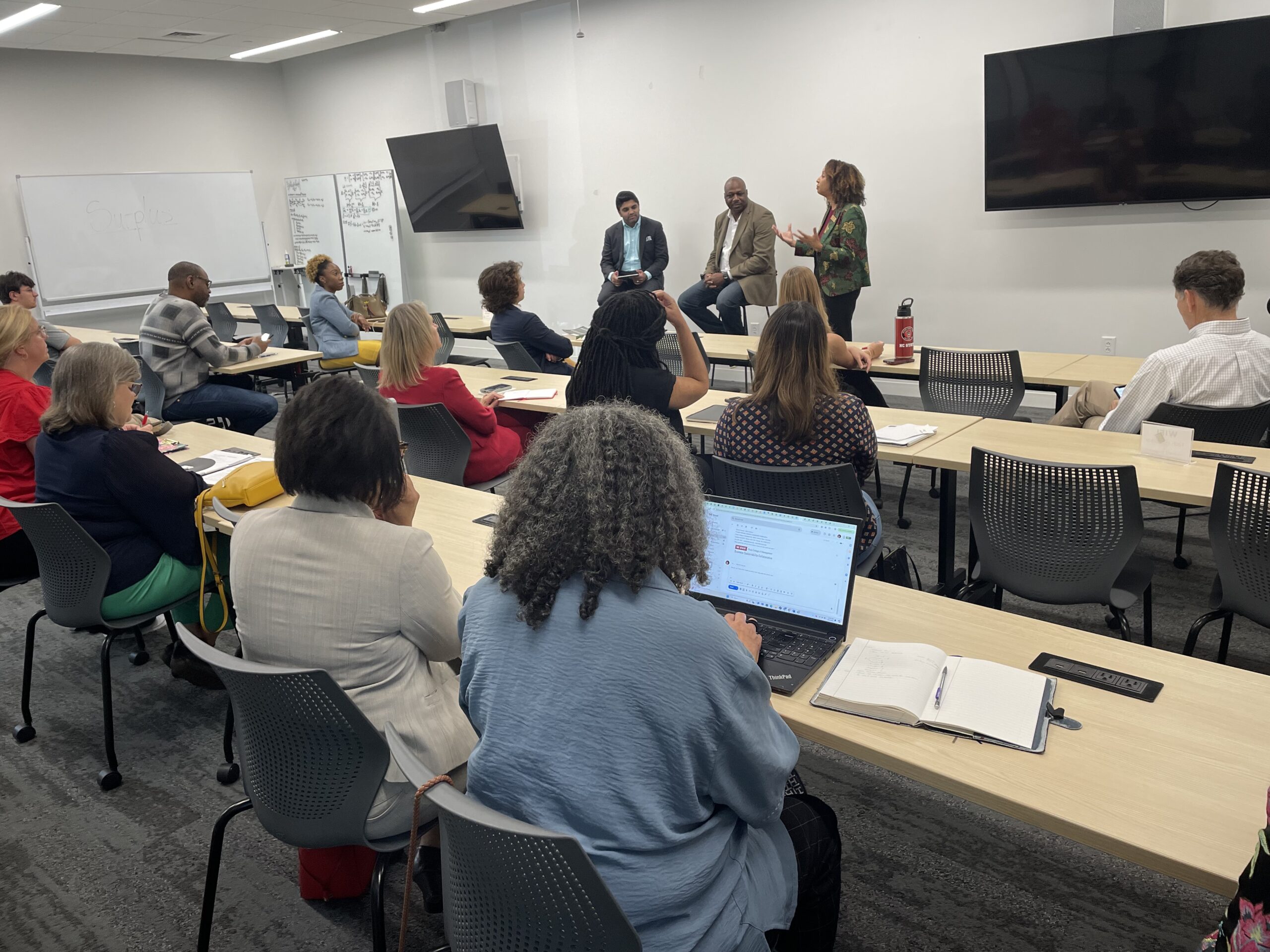WATER & TEXTILES IN NORTH CAROLINA: A CRITICAL CHALLENGE pt.1

Photo: Images of wet processing of textiles across North Carolina. (The plants photographed requested anonymity.)
Jon Clift is a graduate of Duke’s Nicholas School of the Environment, where he studied the interrelationship between the textile industry and the State’s water resources. In the first of a two-part series on this issue for NCSC, Jon explores the history of the industry and the challenges presented by its water use. An in-depth and complete discussion of his findings can be found in “North Carolina’s Textile Complex: Water Risks and Opportunities”.
A CHANGING IDENTITY
The Textile Complex has been a critical driving force in North Carolina’s economy and history. For many native North Carolinians, myself included, conversations at dinner tables across the state have centered on textiles, while generations of families worked in some capacity throughout the textile value chain. The great majority of the firms based here are still privately held, even by third generations of the families that originally built the industry.
The narrative is different these days.
Globalization brought on a restructuring and continues to incite significant change. In the late 1980’s and 1990’s, firms began to move manufacturing offshore in search of cheaper labor and more lenient environmental regulations. It was these trends, the passage of NAFTA in 1995, and the end of the World Trade Organizations Agreement on Textiles and Clothing in 2005 that were, in combination, the catalyst for the industry moving outside of North Carolina and the US.
For the US, the numbers are stark: 500,000 textile jobs and 414 plants vanished.
Many of these beautiful structures remain a part of our landscape – some vacant and haunting, while others have been repurposed to house new businesses and office space.
What might seem like devastation and a doomed economic sector to most, however, is actually still a thriving industry on closer inspection. In fact, North Carolina’s Textile Complex employed more than a quarter of the total US textile employment in 2007. Even in the midst of the recession, there were 63,164 employees in textile and apparel manufacturing, and 1,945 textiles related businesses in the state as of 2010.
Now, the state is the largest producer of nonwoven textiles in the country.
A CRITICAL DEPENDENCE ON WATER
Much of North Carolina’s water infrastructure was built around thriving textile operations. Today, in the midst of a globalized economy, textile operations can still represent the single greatest consumers of water in certain municipalities, demanding millions of gallons of clean water every day. An adequate and dependable supply of quality water is necessary for the future of textile mills and the communities they operate in.
Wet processing, as the term might suggest, accounts for the most significant use of water in the industry.
The vast majority of fabrics go through at least one wet process, whether it’s dyeing or finishing. Even with 100 years of advancement, these processes still require vast amounts of pure water. The numbers here are nearly as startling as the numbers the industry realized through globalization. These processes can use anywhere between one half of a gallon per pound to 112 gallons per pound of textiles produced. It all depends on the process, the fabric, the plant, and the management philosophy.
This dependence demands a closer look at the challenges, some very tangible, that will likely impact our future. The need for this closer look comes into focus when we begin to understand the water-related challenges posed by climate change, population growth etc.
There are barriers to overcoming these challenges. Unfortunately, with these barriers to realization comes a lack of action.
In part two of this series we’ll examine further the interplay of water and textiles, the dependence on clean water and why water issues demand a closer look. We’ll ask what actionable direction firms can take when water related challenges are a reality – and I’ll argue that part of the answer lies in a familiar refrain, and in a language that the industry used to speak fluently.


